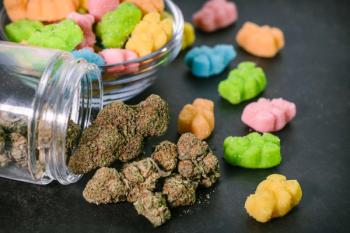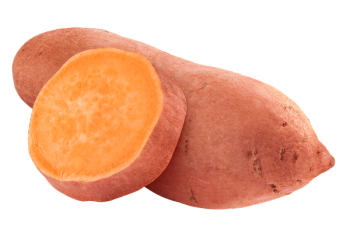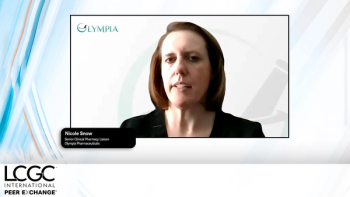
Pittcon 2009- Day 3
LCGC's coverage of Pittcon 2009, day three, from Chicago.
March 11 — Chicago, Illinois — We build up to Pittcon for months in advance, scheduling appointments, scripting presentations, and choosing the right pair (or pairs) of shoes - and then before you know it, here we are at the end of the week. Certainly many attendees will be walking the floor tomorrow and many others will be here Friday and beyond. But for a good number of attendees, the exodus out of Chicago begins today and tonight.
March 11 — Chicago, Illinois — Well-known LCGC Columnists John Dolan and John Hinshaw provide their list of recommended sessions.
John Dolan's Recommendations:
John Hinshaw's Recommendations:
March 11 — Chicago, Illinois — John Dolan’s recommendation for Session 1120, “HILIC- Fundamentals and New Applications,” was presided over by Olujide T. Akinbo of Butler University. The session focused on innovations and breakthroughs in HILIC.
March 11 — Chicago, Illinois — A poster session focusing on gas chromatography (GC) and the environment was held on Tuesday afternoon of Pittcon 2009 in Chicago.
March 11 — Chicago, Illinois — The 2008 Analytical Chemistry Award for Young Investigators in Separation Science will be presented to Nelson Torto at 8:30 a.m. on Wednesday, March 11 in Room S401A of McCormick Place.
March 11 — Chicago, Illinois — On Wednesday afternoon, March 11, 2009, the 2009 Coblentz Society’s Williams–Wright Award will be presented to Spectroscopy contributing editor Jerome Workman, Jr. for his work on molecular spectroscopy, including near-infrared, infrared, UV-vis, process analysis, and chemometrics.
LCGC is pleased to present CHROMacademy – a program of interactive learning topics from EARL – the electronic analytical reference library (Crawford Scientific UK).
Test your knowledge and skills in
Pittcon 2009 Resources
Exposition
Technical Program
Short Courses
You are subscribed to %%list.name%% as %%emailaddr%%. To unsubscribe from this list
To ensure delivery to your Inbox, please add %%email.list%% to your address book. If you need help doing this,
Advanstar Communications provides certain customer contact data (such as customers' names, addresses, phone numbers and e-mail addresses) to third parties who wish to promote relevant products, services and other opportunities which may be of interest to you. If you do not want Advanstar Communications to make your contact information available to third parties for marketing purposes, simply call (toll free) 1-866-529-2922 at any time, or fax us at 1-218-740-6417. Outside the U.S., please phone 1-218-740-6395. Contact us by mail at Advanstar Communications Inc., 131 West First St., Duluth, MN 55802-2065, USA.
Newsletter
Join the global community of analytical scientists who trust LCGC for insights on the latest techniques, trends, and expert solutions in chromatography.





